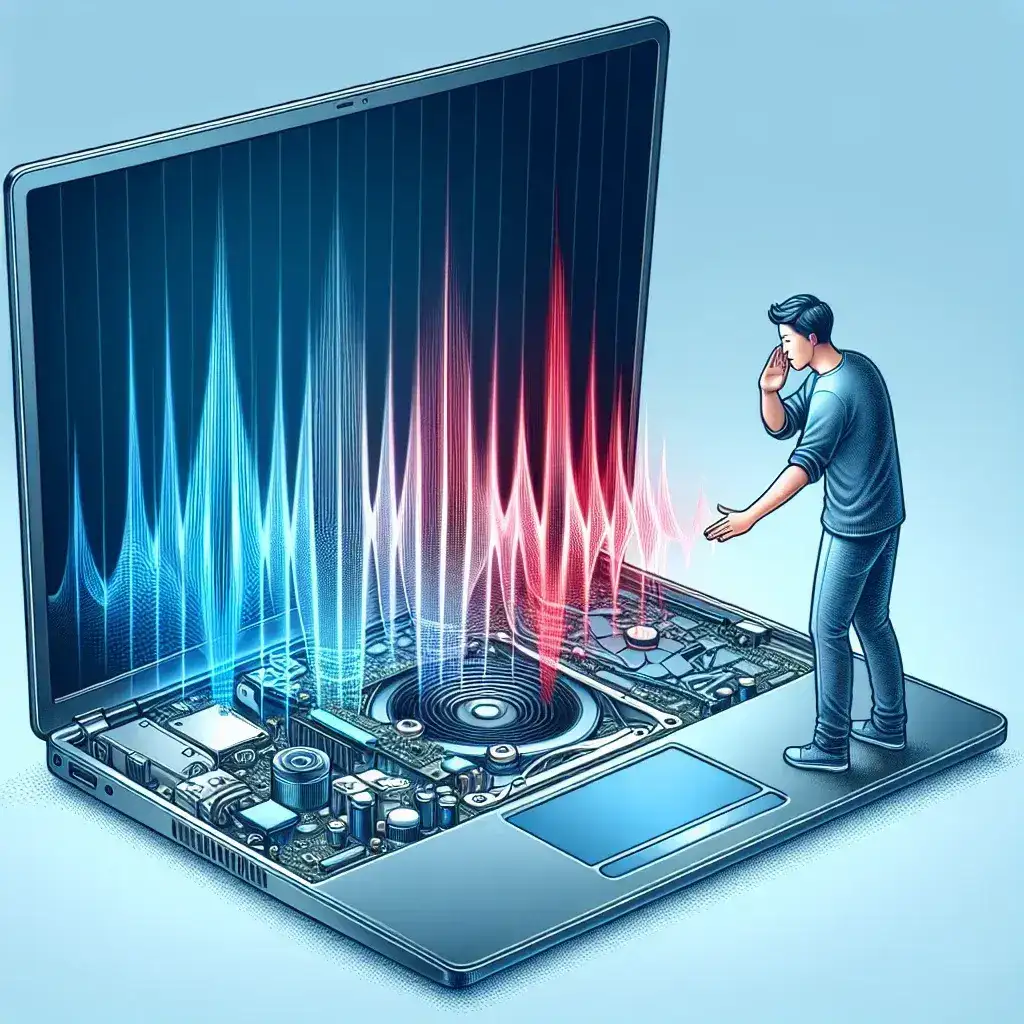With rapid advancements in technology, laptops continually evolve to incorporate cutting-edge features. One such innovation that has been generating buzz is bone conduction audio technology. This article delves into why some laptops feature bone conduction audio technology, the benefits it offers, and how it elevates the overall user experience.
Understanding Bone Conduction Audio Technology
Bone conduction is a method of sound transmission that bypasses the eardrums by directly stimulating the bones in the skull. This technology leverages the skull’s natural ability to conduct sound, sending vibrations straight to the inner ear, allowing users to hear sounds without using traditional speakers or earphones. This mechanism is beneficial for individuals with hearing impairments and offers a unique method of sound delivery.
Reasons for Integrating Bone Conduction in Laptops
1. Accessibility and Inclusivity
One of the primary reasons laptops feature bone conduction audio technology is to enhance accessibility. Individuals with hearing impairments can benefit significantly from this technology, as it allows them to experience audio without adhering to the limitations of traditional sound systems.
2. Improved User Experience
Bone conduction technology can provide a strikingly different audio experience compared to conventional speakers. It offers users a discreet way to receive audio, which can be particularly beneficial in noisy environments or settings where privacy is essential.
3. Health and Safety
Traditional earphones and headphones can potentially harm the eardrums if used at high volumes over extended periods. Bone conduction technology mitigates this risk by delivering sound directly to the inner ear, reducing the exposure to loud sounds and promoting better long-term hearing health.
| Feature | Traditional Audio | Bone Conduction Audio |
|---|---|---|
| Noisy Environment Performance | Can be overwhelmed by background noise | Relatively unaffected by ambient noise |
| Skin Contact | No | Yes |
| Discrete Listening | Need earphones or speakers | Integrated into device |
| Hearing Impaired Accessibility | Limited | High |
| Long-term Hearing Health | Potential risk to eardrums | Lower risk, safer for eardrums |
How Bone Conduction Technology is Implemented in Laptops
The integration of bone conduction audio in laptops involves embedding bone conduction transducers near the edges of the device. These transducers convert audio signals into vibrations that travel through the bones in the user’s head. When the user rests their head or jaw in proximity to these transducers, the vibrations are effectively transmitted to the cochlea, enabling audio perception.
Challenges and Considerations
1. Adaptation Period
For users accustomed to traditional audio delivery methods, there might be an initial adjustment period when switching to bone conduction technology. The sensations and quality of the sound might feel unfamiliar at first.
2. Sound Quality
While bone conduction is highly effective for certain scenarios, it may not always match the sound quality offered by high-end traditional speakers, particularly in terms of bass and depth.
Future Prospects of Bone Conduction Technology
As bone conduction technology evolves, its application in laptops is expected to expand. Advances in sound quality enhancement and user comfort will likely make this technology more mainstream. Additionally, its scope may extend beyond audio, potentially integrating with augmented reality (AR) and virtual reality (VR) systems to provide immersive experiences without the constraints of traditional audio delivery methods.
Conclusion
Bone conduction audio technology offers a cutting-edge approach to sound transmission, presenting numerous benefits such as enhanced accessibility, improved user experience, and long-term hearing health. As technology continues to advance, the role of bone conduction in laptops is expected to grow, offering users a unique and valuable alternative to conventional audio solutions. Embracing this technology may soon become a norm, transforming how we interact with our devices and perceive sound.

